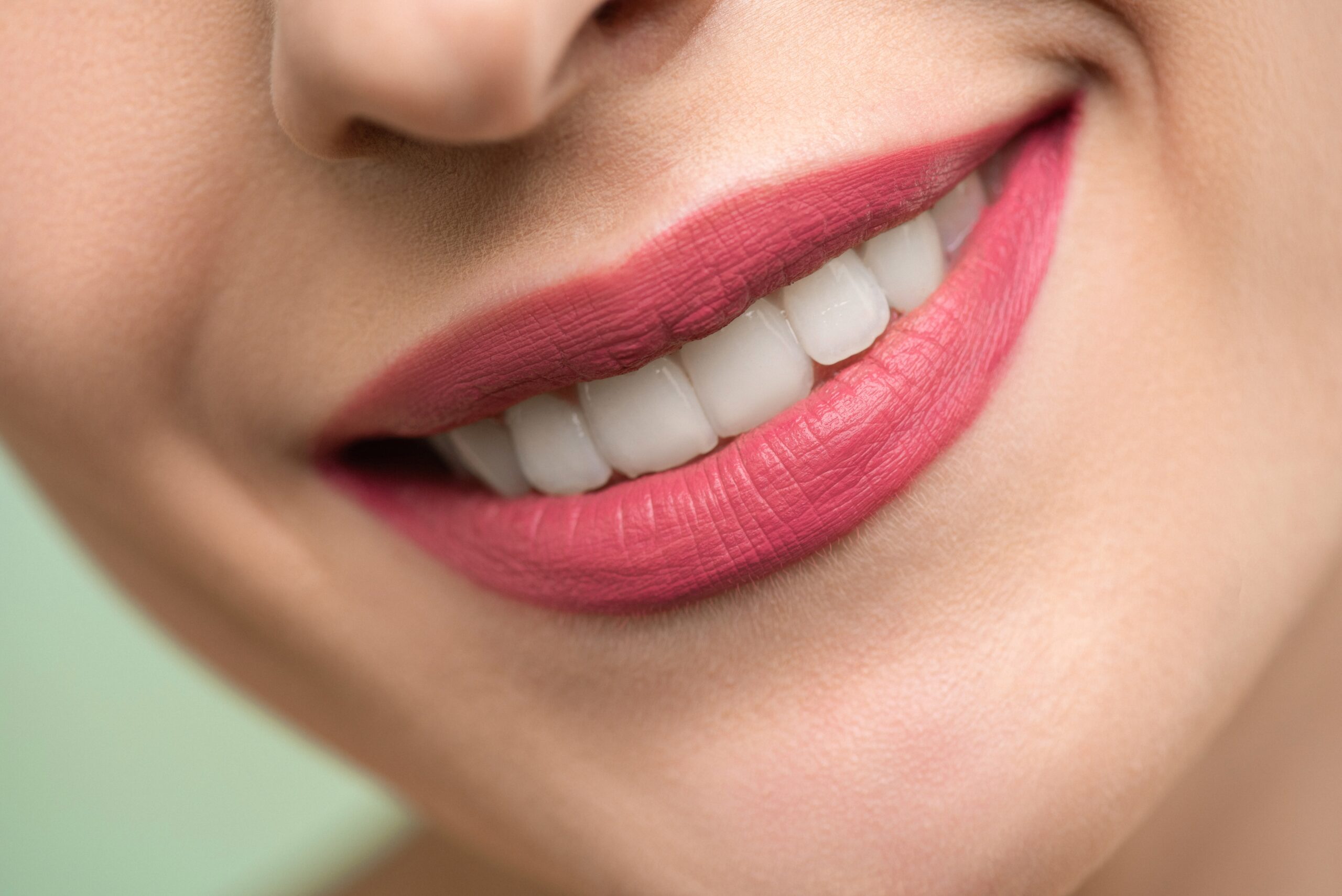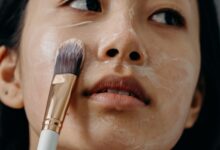Having white teeth is a wish for many people. Indeed, to have a beautiful smile, whiteness – or at least the absence of stains – is an essential element. Whitening your teeth is most often possible, but only if you choose an appropriate method.
Definition of tooth whitening
Teeth whitening consists of eliminating color (yellow, grey, etc.) or stains on the tooth surface – the enamel – by chemical bleaching based on hydrogen peroxide (hydrogen peroxide).
Depending on the dosage of hydrogen peroxide, the lightening will be more or less pronounced. Nevertheless, the use of this chemical is not insignificant. It is also regulated. Thus, if you buy a dental whitening kit in the trade, you will not have the same result as in a doctor’s office.
In addition, dental whitening can consist of a simple scaling that will erase the stains.
Who is affected by teeth whitening?
Dental whitening concerns adults who have discolored teeth or stains.
The color of teeth changes with age, primarily due to their natural wear. The enamel, the first transparent layer of the teeth, diminishes over the years, revealing the lower layer: the dentin. This one being more brown, it creates this colored effect.
However, other elements come into play when it comes to tooth color, starting with food and drink:
- Coffee, black tea;
- Wine ;
- Red fruits;
- Dyes contained in certain processed products.
Added to this is tobacco, or even poor dental hygiene which allows tartar to accumulate, causing the appearance of stains.
Medications can also cause tooth staining, such as certain antibiotics like tetracyclines which make teeth gray.
Note also that the natural coloring of the teeth can simply be due to genetics.
What are the solutions to whiten teeth?
There is no single solution to whiten your teeth. Depending on your needs and the opinion of your dentist, three options are possible.
Descaling
Sometimes a simple descaling is enough to find whiter teeth. Indeed, a lack of dental hygiene or simply the passage of time lead to the deposit of tartar on the enamel. This tartar is sometimes limited to the junction between two teeth.
Scaling can only be done in a dental office. With his ultrasound equipment, your dentist removes all of the tartar from your teeth, both those that are visible and those that are not.
Your dentist can also perform a polishing of the teeth which will make them shinier.
Facets
To hide teeth that cannot be whitened, such as gray teeth, laying veneers is possible. It is above all proposed when the color of the visible teeth is not uniform.
The mouthwash
On the market, there are special whitening mouthwashes. These, combined with regular brushing, make it possible to keep teeth white, or more precisely to limit the deposit of tartar. Mouthwash alone cannot lighten teeth.
Also, be careful with mouthwashes in general. These are sometimes aggressive with the mucous membrane and can unbalance the oral flora if you use them too often.
The hydrogen peroxide gutter
Oxygen peroxide (hydrogen peroxide) gel trays are the most radical method to achieve real teeth whitening at the dentist, on an outpatient basis.
The treatment also exists in the form of dental whitening kits (pens, strips) on the market and in “smile bars”.
But they do not offer the same protocol and the same dosage of hydrogen peroxide. This is indeed regulated at European level in order to avoid accidents. Thus, commercially, the dosage of hydrogen peroxide is limited to 0.1%. While at dentists, it can range from 0.1 up to 6%. The latter is indeed qualified to judge the merits of the dosage when he proceeds to whiten the teeth of a patient. In addition, at a dentist you will be entitled to a complete health protocol with a follow-up before bleaching and after. He will also provide you with a custom-made gutter.
- bridge
- Allergies (overview)
- Achluophobia : all about the fear of the dark
- At what age can you do bodybuilding?
- Fatigue in the morning: causes and remedies
Contraindications and side effects of teeth whitening
First and foremost, teeth whitening is for adults only. The teeth of children and adolescents have in fact not reached sufficient maturity to withstand such treatment.
People with tooth sensitivity, or caries-like conditions, should not perform hydrogen peroxide-based bleaching either. In general, teeth that are being treated are excluded from the dental whitening protocol.

